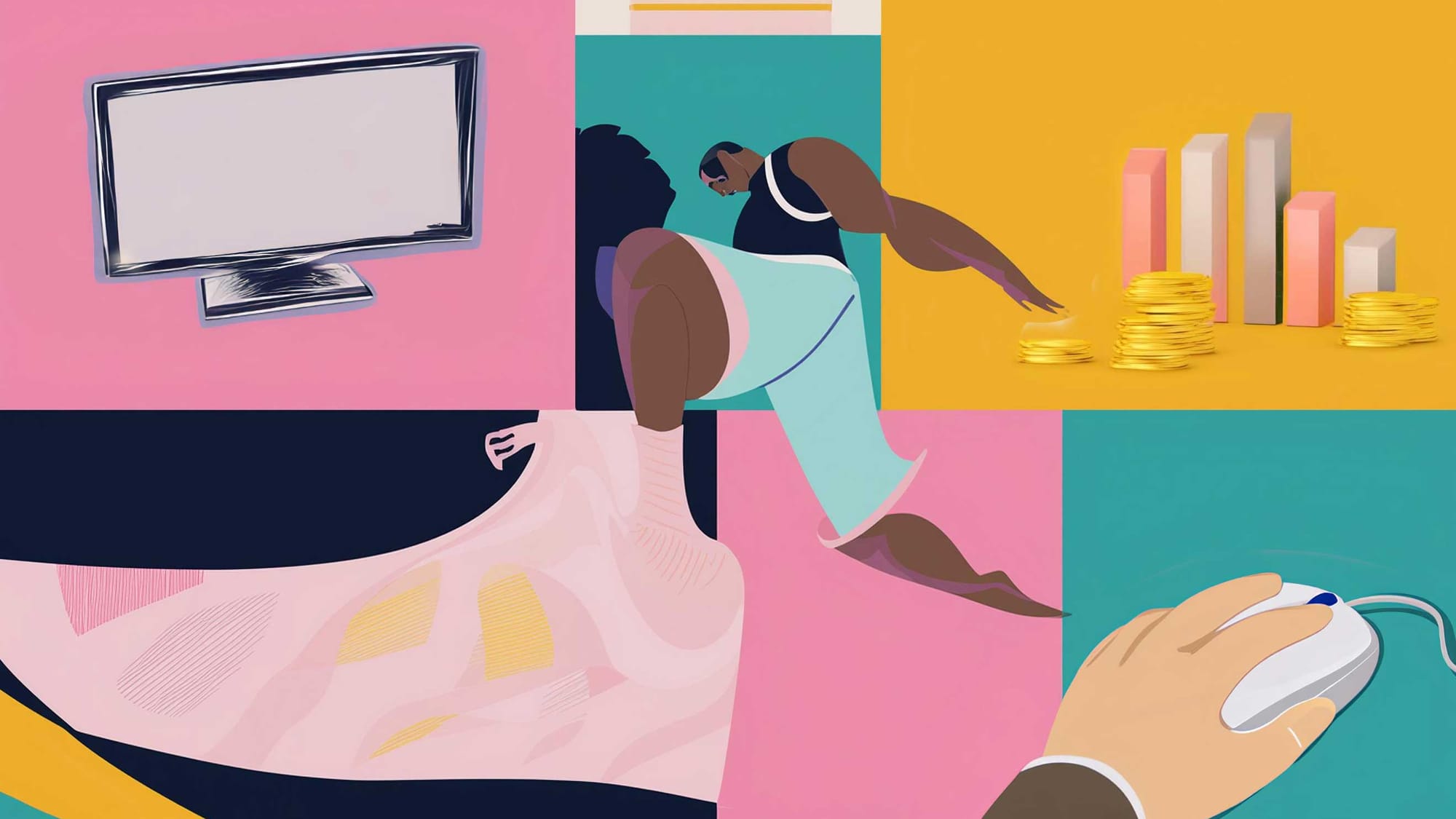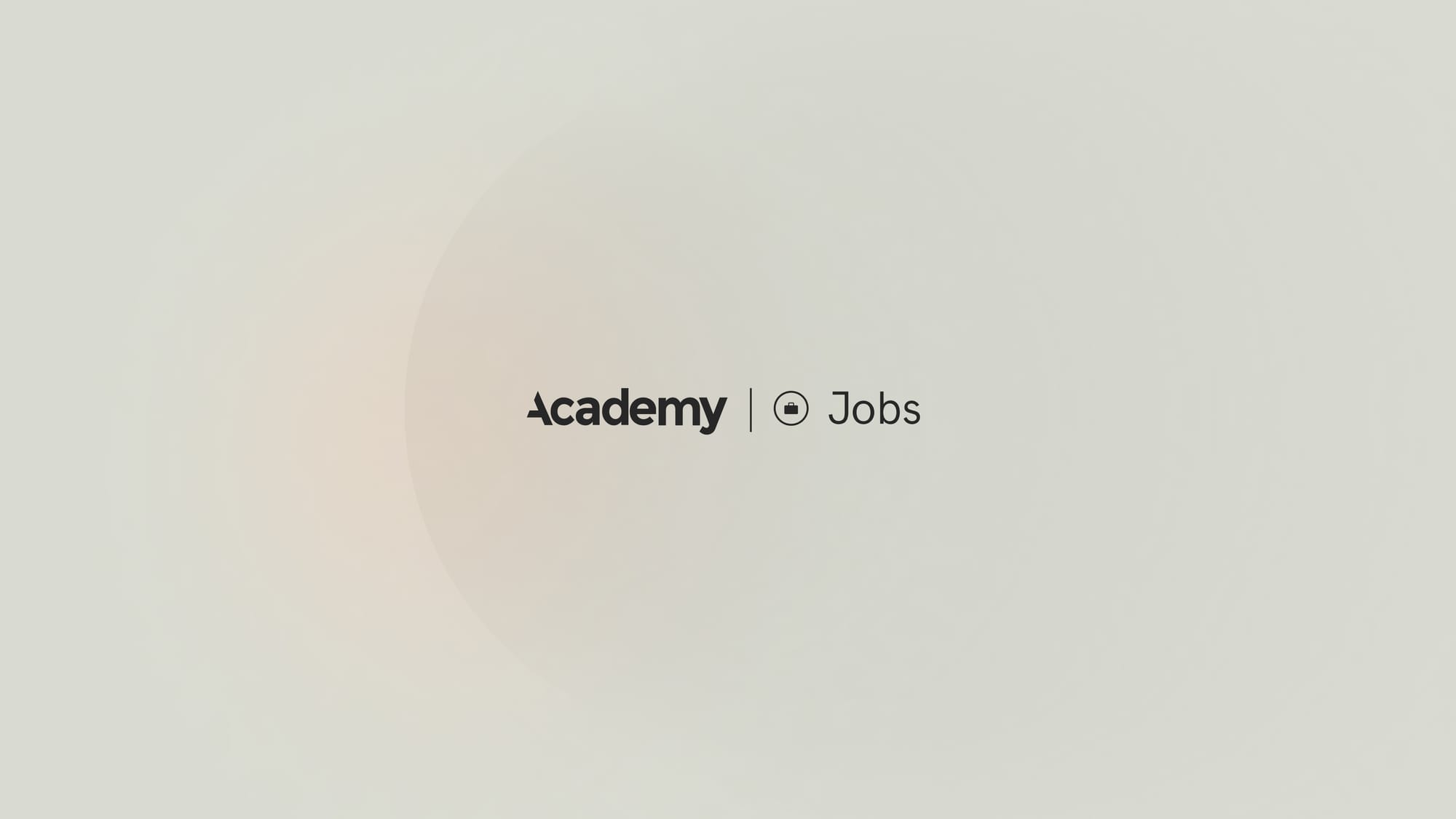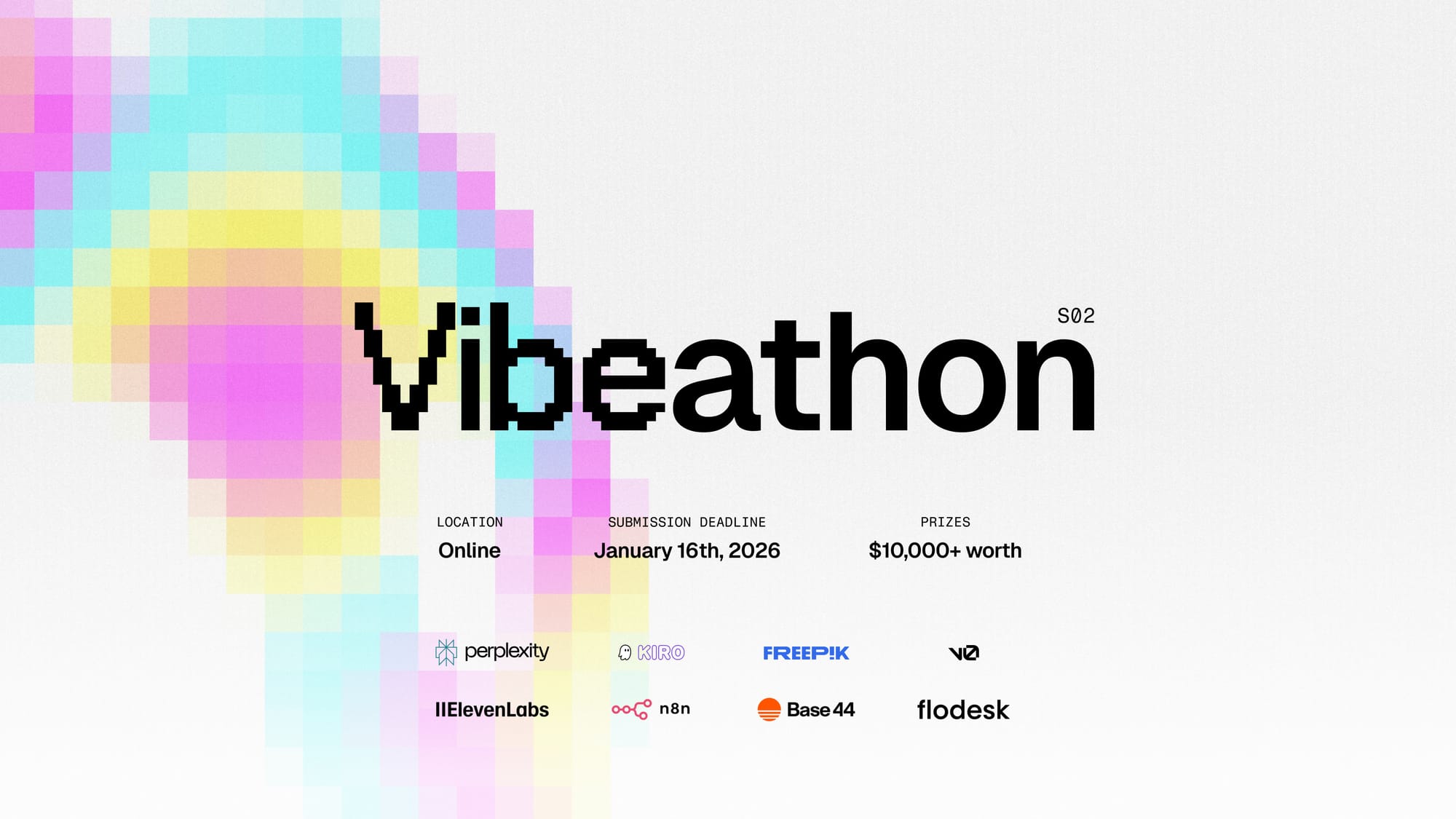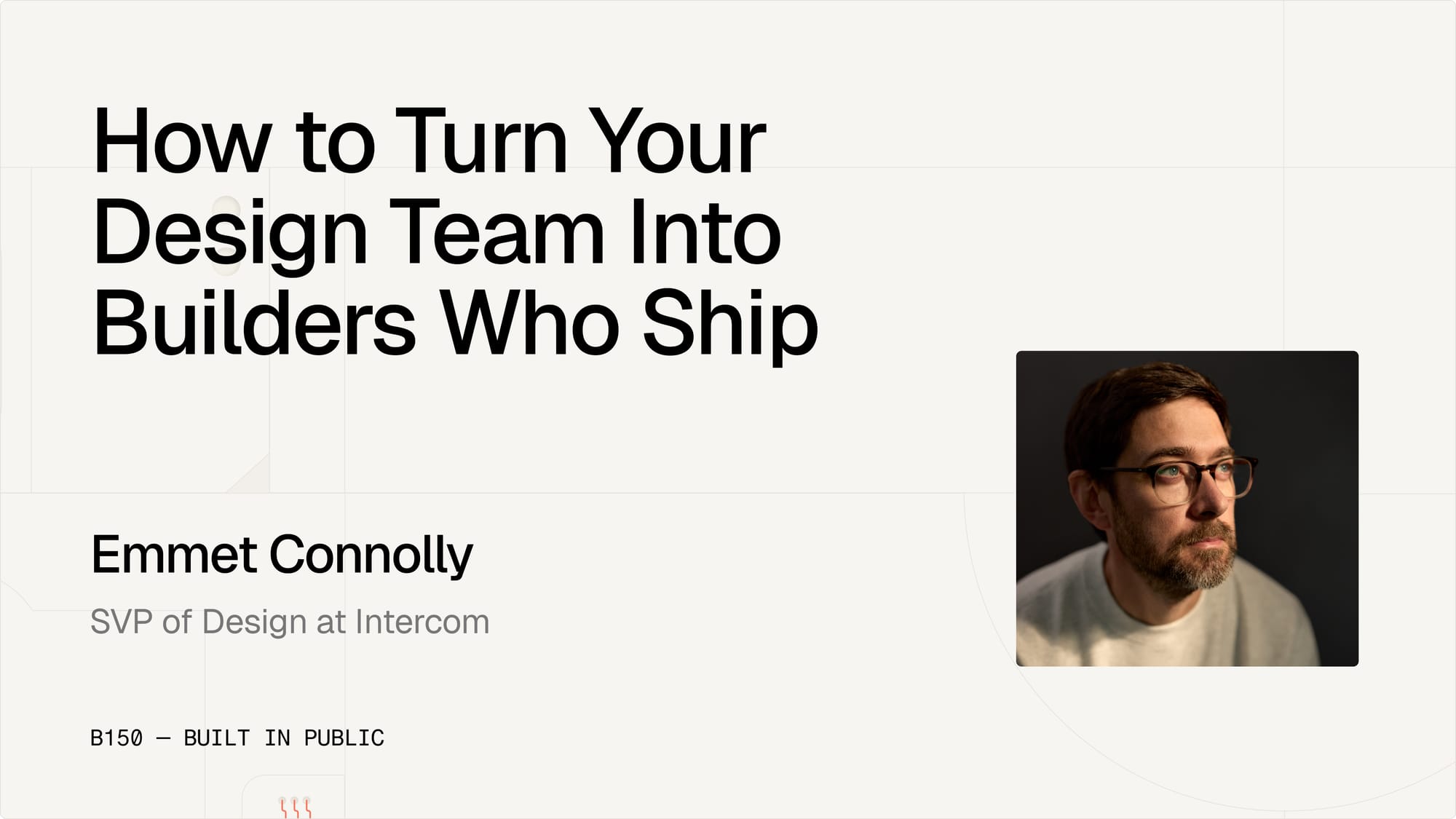What is a growth designer? And why you need to hire one now.
Learn how to hire a growth designer who can drive user acquisition, retention, and conversion to boost your business's success.

Over the past few years, there has been an emerging trend of companies shifting their focus towards growth, giving rise to the discipline of growth design. This innovative approach is tailored to drive business success by strategically enhancing user acquisition, engagement, retention, and monetization. Growth design combines the principles of UX design, marketing, and data analytics, creating products that not only meet user needs but also propel companies toward their growth goals.
What is Growth Design?
Growth design involves using design principles to influence key metrics such as user retention, acquisition, conversion, and virality. It goes beyond traditional UX design by integrating data-driven strategies and a deep understanding of user behavior to optimize product performance. Here's a breakdown of the core aspects of growth design:
Retention:
A growth designer focuses on keeping users engaged and preventing churn. This could involve designing features that encourage daily interaction, such as daily rewards in a game or personalized content recommendations in an app.
Acquisition:
Attracting new users is another key aspect of growth design. This could be achieved by enhancing the app's appeal through improved onboarding experiences or introducing features that cater to new users' needs and expectations.
Conversion:
Growth designers work to turn users into paying customers. This might involve designing special features or premium content that users can access through in-app purchases, subscriptions, or other monetization models.
Virality:
Encouraging users to share the product with others is crucial for organic growth. Growth designers might implement referral programs, social sharing features, or incentives that encourage users to invite their friends.
You can also think of it through the lens of the marketing funnel:

Awareness (Top of the Funnel)
Growth Design Focus: User Acquisition & Brand Awareness
Activities: Marketing campaigns, SEO, social media engagement, content creation, advertising.
Interest (Middle of the Funnel)
Growth Design Focus: User Engagement & Product Introduction
Activities: Product demonstrations, user onboarding, personalized content, free trials, email marketing.
Consideration (Middle of the Funnel)
Growth Design Focus: User Retention & Feature Exploration
Activities: User experience design (UX), feature tutorials, customer support, webinars, case studies.
Conversion (Bottom of the Funnel)
Growth Design Focus: Conversion Optimization
Activities: Call-to-actions (CTAs), checkout flow optimization, personalized offers, A/B testing, simplifying the purchase process.
Loyalty (Post-Purchase)
Growth Design Focus: User Retention & Advocacy
Activities: Loyalty programs, referral incentives, customer feedback loops, regular updates and communications.
Hiring a Growth Designer: Key Considerations
Hiring the right growth designer requires a thorough understanding of the skills and qualities that make a candidate successful in this role. Here are some key considerations:
Analytical Mindset:
Growth designers should be comfortable working with data and analytics. They need to be able to interpret user data, conduct A/B testing, and make data-driven decisions to optimize product features.
Cross-functional Collaboration:
This role often involves working closely with product managers, marketers, engineers, and data scientists. Look for candidates with strong communication and collaboration skills who can work effectively across different teams.
User-Centric Approach:
While growth designers focus on business metrics, they must also prioritize the user experience. They should be skilled in UX design principles and have a deep understanding of user psychology and behavior.
Creativity and Innovation:
Growth designers need to think outside the box to come up with innovative solutions that drive growth. They should be open to experimenting with new ideas and approaches.
Portfolio and Case Studies:
A strong portfolio showcasing previous work in growth design is essential. Look for case studies that demonstrate the candidate's ability to drive user acquisition, retention, conversion, and virality.
Where to Find Growth Designers
To find the right growth designer for your team, consider the following avenues:
Staffing & Recruiting Agencies:
Partnering with staffing and recruiting agencies can help streamline the process of finding a growth designer. These agencies often have access to a vast network of qualified candidates and can assist in matching you with professionals who have the specific skills and experience you need.
If you are interested you can check us out at the link below:

Job Boards and Platforms:
Websites like LinkedIn, Behance, and Dribbble are great places to start your search. You can also post job listings on specialized design and tech job boards.
Professional Networks and Communities:
Engaging with professional networks and online communities can help you connect with potential candidates. Consider joining groups and forums dedicated to growth design and UX design.
Referrals and Recommendations:
Leverage your professional network to get referrals and recommendations for talented growth designers. Personal connections can often lead to finding the right fit.
Interested in learning more?
For further insights into growth design, you can explore Creating a Growth Vision, watch some of videos by The Growth Design Series on YouTube, and read more about Defining Growth Design.
Conclusion
Hiring a growth designer is a critical step for any company looking to leverage design for business growth. By focusing on retention, acquisition, conversion, and virality, growth designers play a pivotal role in creating products that are not only user-friendly but also aligned with the company's growth objectives. When hiring, prioritize candidates with a strong analytical mindset, user-centric approach, and proven track record in growth design.





